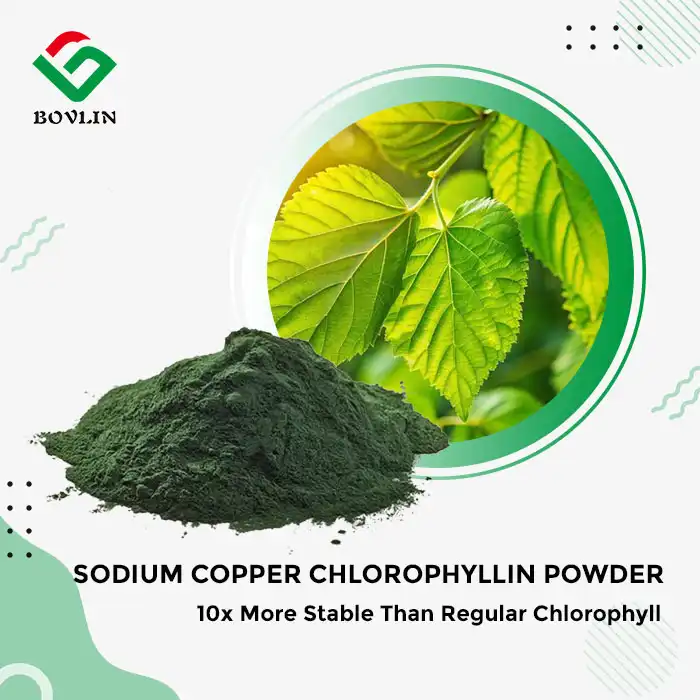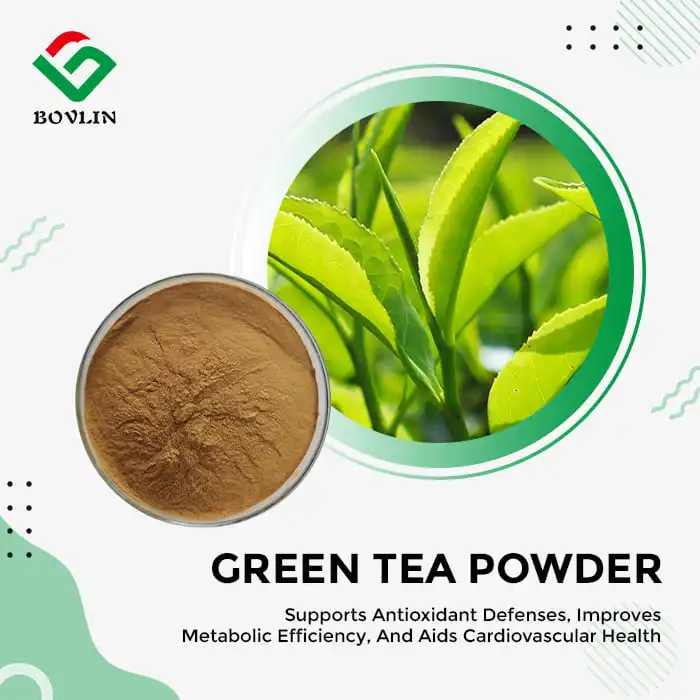How Allergen-Free Is Hydrolyzed Corn Protein Compared to Soy or Dairy?
Allergenicity Profile of Hydrolyzed Corn Protein
Hydrolyzed corn protein powder offers a compelling alternative to soy and dairy proteins in terms of allergenicity. The hydrolysis process breaks down proteins into smaller peptides, which can potentially reduce the likelihood of triggering allergic responses. This characteristic makes hydrolyzed corn protein an attractive option for manufacturers seeking to develop products suitable for consumers with common food allergies.
Comparison with Soy Protein
Soy is recognized as one of the eight major food allergens, affecting a significant portion of the population. In contrast, corn allergies are relatively rare. Hydrolyzed corn protein powder, also known as corn peptide, serves as a viable substitute for soy-based ingredients in various applications, offering similar functional properties without the associated allergen concerns. This makes it particularly valuable in formulating products for individuals with soy allergies or those seeking soy-free options.
Dairy Protein Alternatives
Dairy allergies and lactose intolerance are prevalent issues in the food industry. Hydrolyzed corn protein presents a plant-based alternative that can replace dairy proteins in various formulations. Its neutral flavor profile and functional properties make it suitable for use in a wide range of products, from beverages to baked goods, without introducing dairy-related allergen risks.
Regulatory Standards and Allergen Testing Protocols
FDA Guidelines and Labeling Requirements
The Food and Drug Administration (FDA) has established specific guidelines for labeling and testing allergens. While corn is not classified as one of the major food allergens requiring mandatory declaration, manufacturers using hydrolyzed corn protein powder must still adhere to good manufacturing practices and accurate labeling. This includes clear identification of the corn source on product labels to inform consumers with potential sensitivities.
Allergen Testing Methods
Robust allergen testing protocols are crucial for ensuring the safety and allergen-free status of hydrolyzed corn protein powder. Common methods include enzyme-linked immunosorbent assays (ELISA), polymerase chain reaction (PCR) testing, and mass spectrometry. These techniques can detect trace amounts of potential allergens, including those that may result from cross-contamination during processing. Regular testing throughout the production process helps maintain the integrity of allergen-free claims.
Cross-Contamination Prevention
Preventing cross-contamination is a critical aspect of allergen management in food manufacturing. Facilities producing hydrolyzed corn protein powder must implement stringent protocols to avoid contact with common allergens. This may include dedicated production lines, thorough cleaning procedures, and rigorous supplier verification processes. Such measures are essential for maintaining the allergen-free status of the final product and ensuring consumer safety.
Suitability in Hypoallergenic and Specialty Diet Formulations
Applications in Hypoallergenic Products
Hydrolyzed corn protein powder has found significant applications in the development of hypoallergenic formulations. Its low allergenicity profile makes it an ideal ingredient for products targeting consumers with multiple food sensitivities. Manufacturers can leverage hydrolyzed corn protein to create nutritionally balanced, protein-rich foods and beverages that cater to individuals following restricted diets due to allergies or intolerances.
Gluten-Free and Vegan Formulations
The versatility of hydrolyzed corn protein powder extends to gluten-free and vegan product development. As a naturally gluten-free ingredient, it provides a valuable protein source for celiac patients and those adhering to gluten-free diets. Its plant-based origin also aligns with vegan dietary requirements, offering manufacturers a way to enhance the protein content and nutritional profile of vegan products without compromising on allergen safety.
Nutritional Considerations in Specialty Diets
When incorporating hydrolyzed corn protein powder into specialty diet formulations, manufacturers must consider its nutritional profile. While it provides a good source of amino acids, it may not offer a complete protein profile comparable to animal-based proteins. Balancing hydrolyzed corn protein with other plant-based proteins or fortifying products with essential amino acids can help ensure nutritional adequacy in specialized dietary applications. This approach allows for the creation of allergen-free products that meet the specific nutritional needs of various consumer groups.

Conclusion
Hydrolyzed corn protein powder emerges as a promising allergen-free option for food manufacturers. Its reduced allergenicity compared to common protein sources like soy and dairy, coupled with its versatility in various applications, makes it a valuable ingredient in hypoallergenic and specialty diet formulations. However, manufacturers must remain vigilant in their allergen management practices, adhering to strict regulatory standards and implementing thorough testing protocols. By doing so, they can harness the potential of hydrolyzed corn protein powder to create safe, nutritious products that cater to diverse dietary needs and preferences.
Contact Us
For more information about our high-quality hydrolyzed corn protein powder and how it can benefit your product formulations, please contact our expert team at sales1@bovlin.com. Let us help you develop innovative, allergen-friendly solutions for your customers.











